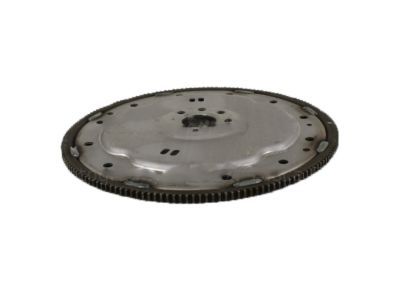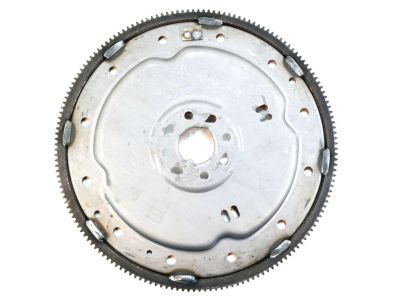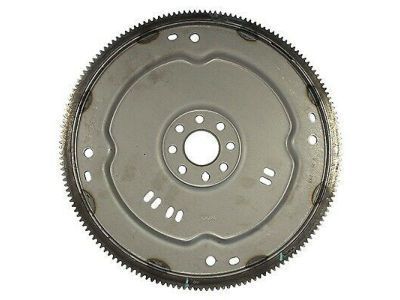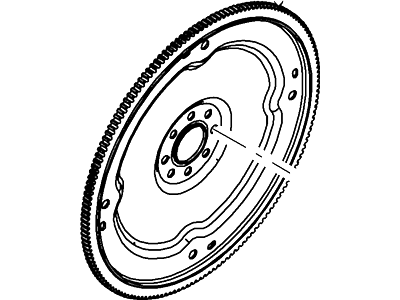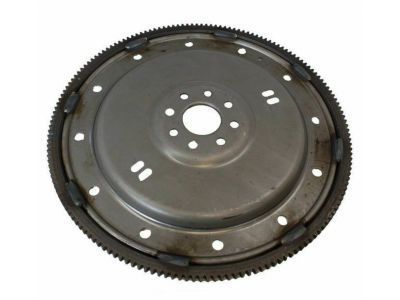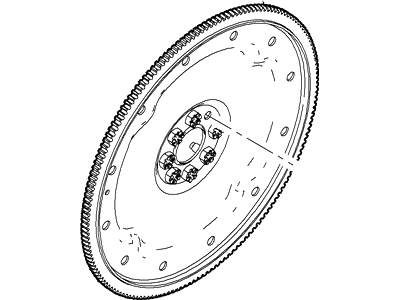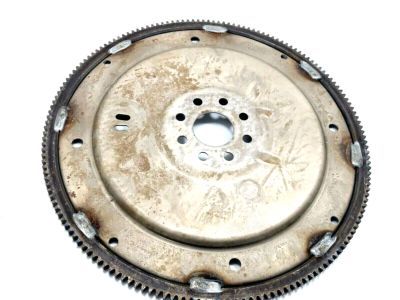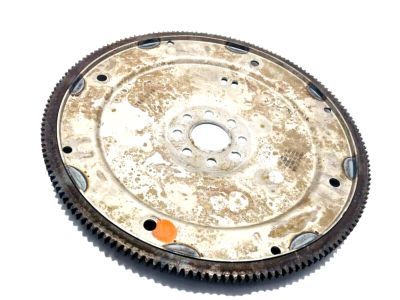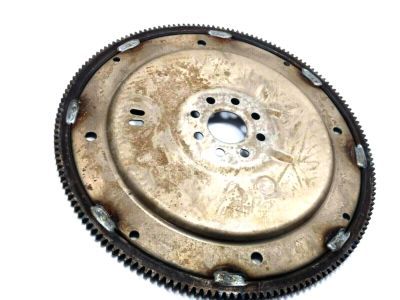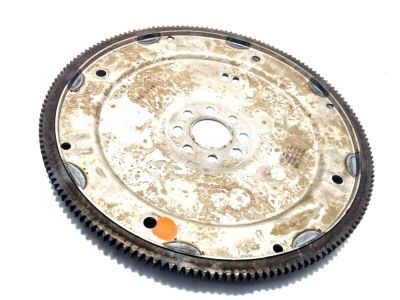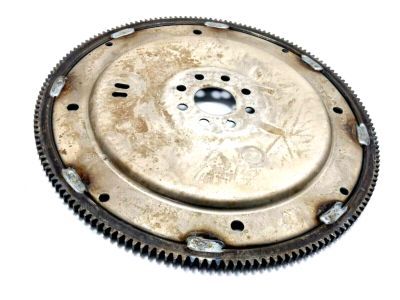

My Garage
My Account
Cart
Genuine Lincoln Navigator Flywheel
Clutch Flywheel- Select Vehicle by Model
- Select Vehicle by VIN
Select Vehicle by Model
orMake
Model
Year
Select Vehicle by VIN
For the most accurate results, select vehicle by your VIN (Vehicle Identification Number).
5 Flywheels found
Lincoln Navigator Flywheel Assembly
Part Number: 4C3Z-6375-AA$72.96 MSRP: $106.67You Save: $33.71 (32%)Ships in 1 Business DayLincoln Navigator Flywheel Assembly
Part Number: BL3Z-6375-A$106.02 MSRP: $155.00You Save: $48.98 (32%)Ships in 1-2 Business DaysLincoln Navigator Flywheel Assembly
Part Number: 1C3Z-6375-BA$116.28 MSRP: $170.00You Save: $53.72 (32%)Ships in 1-3 Business DaysLincoln Navigator Flywheel Assembly
Part Number: F6AZ-6375-DA$72.96 MSRP: $106.67You Save: $33.71 (32%)Ships in 1 Business DayLincoln Navigator Flywheel Assembly
Part Number: HL3Z-6375-A$59.19 MSRP: $86.53You Save: $27.34 (32%)Ships in 1-3 Business Days
Lincoln Navigator Flywheel
We provide a wide range of Lincoln Navigator Flywheel at the best prices possible. If you need Lincoln Navigator Flywheel, you can shop with confidence on our website. All our OEM parts come with a manufacturer's warranty and are delivered to your door step with a fast delivery service.
Lincoln Navigator Flywheel Parts Questions & Experts Answers
- Q: How to remove and reinstall a flywheel or driveplate from a crankshaft in V6 engine on Lincoln Navigator?A:Raise the vehicle and support it securely on jackstands, then remove the transmission. If there's a leak, it's a good time to replace the front pump seal/O-ring for automatic transmissions. For manual transmission vehicles, remove the pressure plate and clutch disc, and check or replace the clutch components and pilot bearing. Look for factory paint marks indicating flywheel-to-crankshaft alignment; if absent, use a center-punch or paint to create alignment marks on both the flywheel/driveplate and crankshaft. Remove the bolts securing the flywheel/driveplate to the crankshaft, using a prybar or flywheel-holding tool as necessary to prevent the crankshaft from turning. Carefully remove the flywheel/driveplate, supporting it while removing the last bolt. Clean the flywheel with brake cleaner, inspecting for cracks, rivet grooves, burned areas, and score marks, and check for damaged ring gear teeth. Lay the flywheel on a flat surface to check for warpage with a straightedge. Clean and inspect the mating surfaces of the flywheel/driveplate and crankshaft, replacing the crankshaft rear seal if it's leaking. Position the flywheel/driveplate against the crankshaft, aligning the marks made during removal, and apply Teflon thread sealant to the bolt threads before installation. Use a flywheel-holding tool or a screwdriver to keep the flywheel/driveplate from turning while tightening the bolts to the specified torque. Complete the installation by reversing the removal procedure.
Browse by Year
2023 Flywheel 2022 Flywheel 2021 Flywheel 2020 Flywheel 2019 Flywheel 2018 Flywheel 2017 Flywheel 2016 Flywheel 2015 Flywheel 2014 Flywheel 2013 Flywheel 2012 Flywheel 2011 Flywheel 2010 Flywheel 2009 Flywheel 2008 Flywheel 2007 Flywheel 2006 Flywheel 2005 Flywheel 2004 Flywheel 2003 Flywheel 2002 Flywheel 2001 Flywheel 1999 Flywheel 1998 Flywheel
